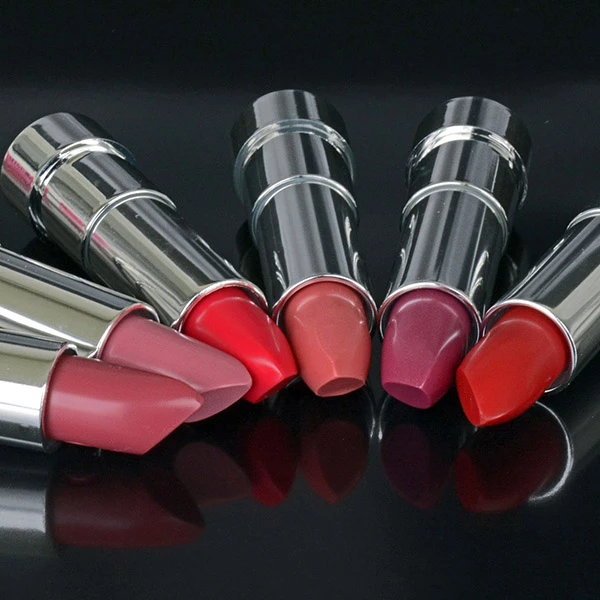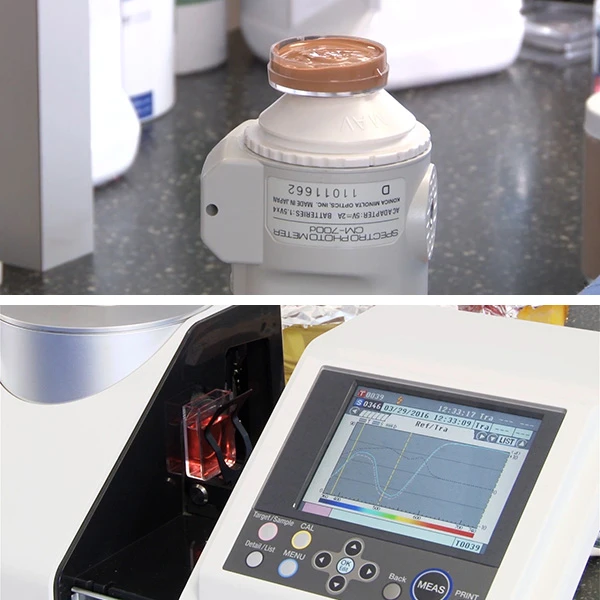How To Get the Right Lipstick Color and Shade Consistently?

Color is an important attribute of lipsticks. Beside developing a collection of colors and shades catering to different types of skin tone, getting each shade right consistently is equally important in attracting new and retaining existing customers.
Lipstick is generally made of oils, waxes and pigments. Oil, and waxes are first mixed to create a base. Then, pigments are added to the melted base and mixed to create the final lipstick paste. The paste is either molded or poured into pans and stored for future molding. To ensure lipstick color and shade remain consistent throughout the manufacturing process, the use of color measurement instrument would be needed.
The first step towards accurate and consistent lipstick color and shade is to establish color tolerance. Pigments, the primary ingredients that gave lipstick its color, should first be verified before mixing. As the pigments come in various forms like powder or liquids, the use of reflectance or transmittance measurement in accordance with their transparency level is required to ensure accurate and repeatable color data. To simulate how the color and shade will look like when applied, the final lipstick paste can be applied to a black & white test chart or leneta card before measurement.
Color measurement instruments like Konica Minolta Spectrophotometer CM-5, with the versatility of reflectance and transmittance measurements, and Spectrophotometer CM-700d can help cosmetics manufacturers measure the color and shade of lipstick with ease. With wide range of accessories like petri dish available, both the CM-5 and CM-700d are capable of handling diversity of sample forms ranging from solid and powder to paste and liquid.
Learn and understand the basic of colorimetry with our free educational booklet.
Contact us for free product demonstration or consultation on how you can improve your color management process or tools and methodology selection for your measurement needs.

